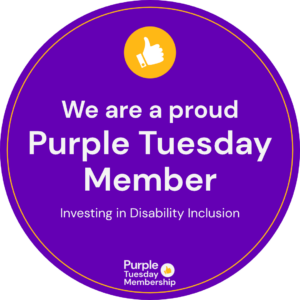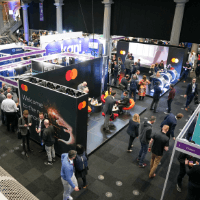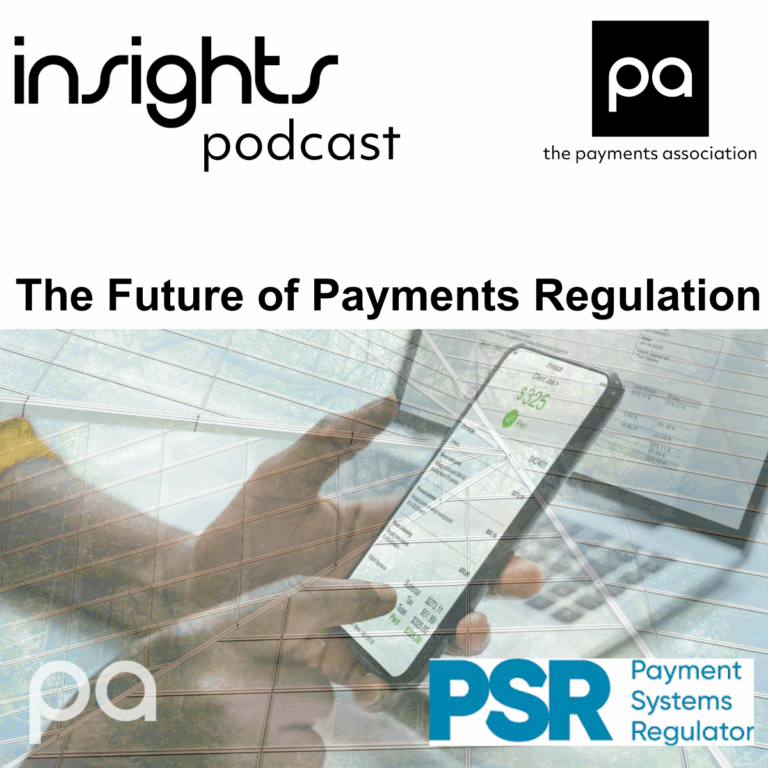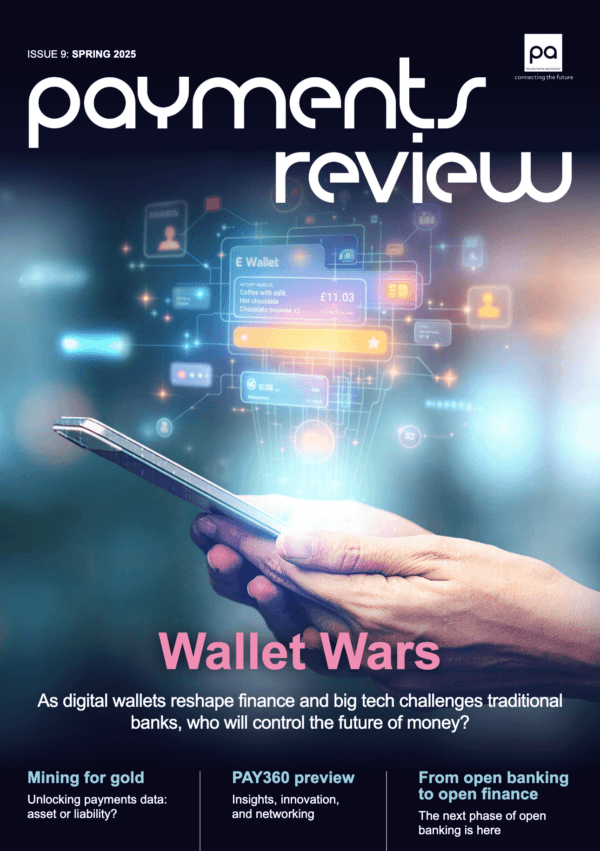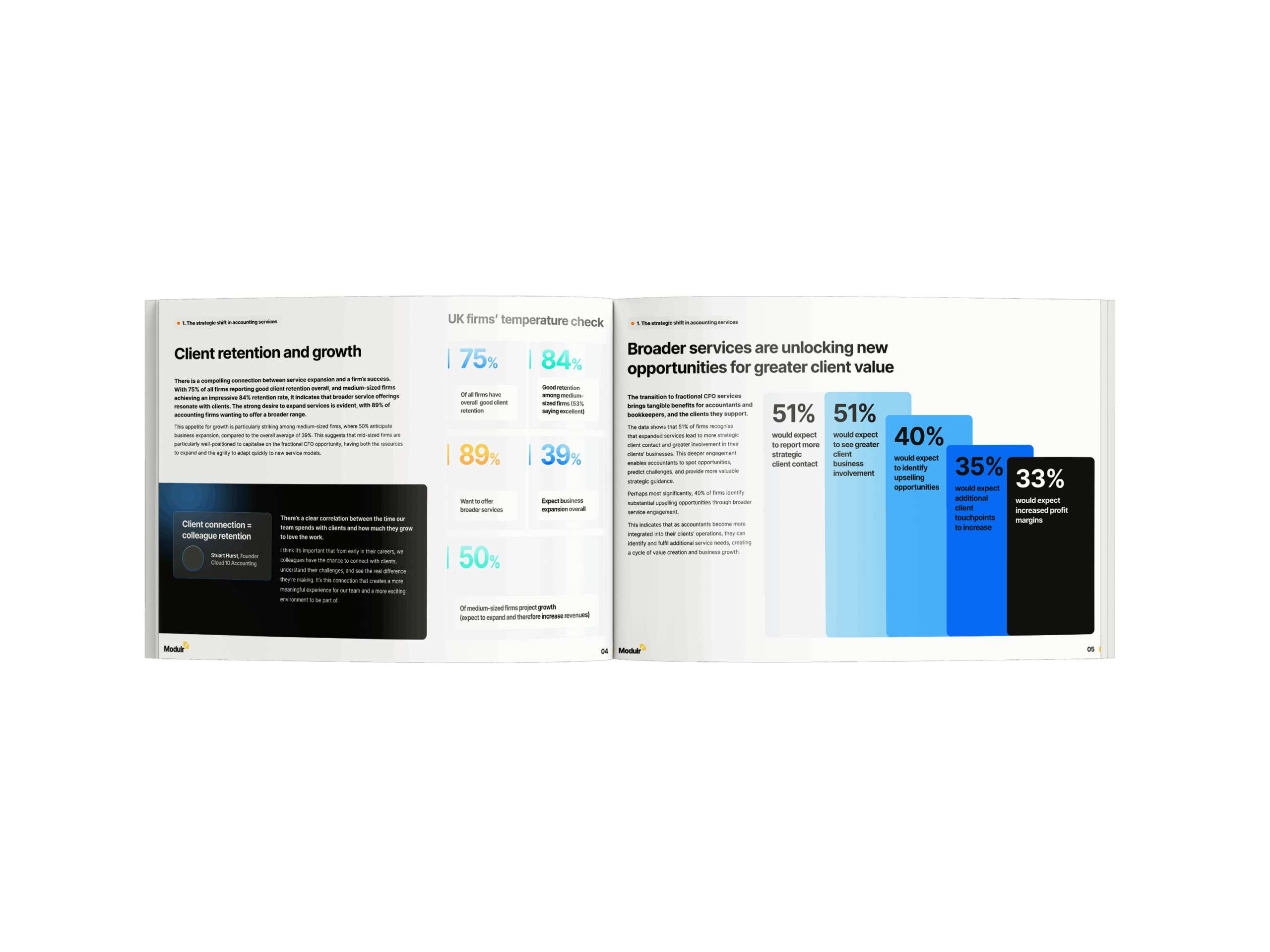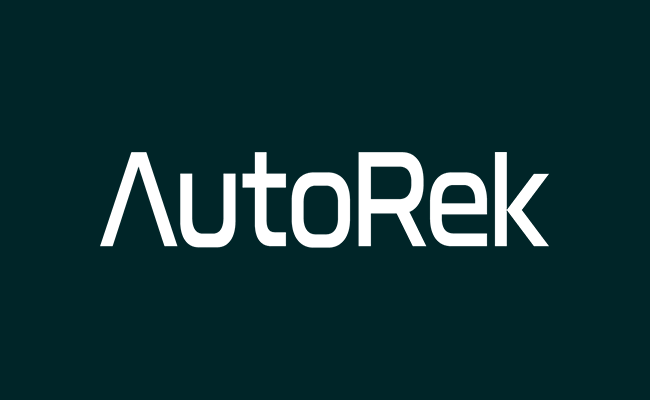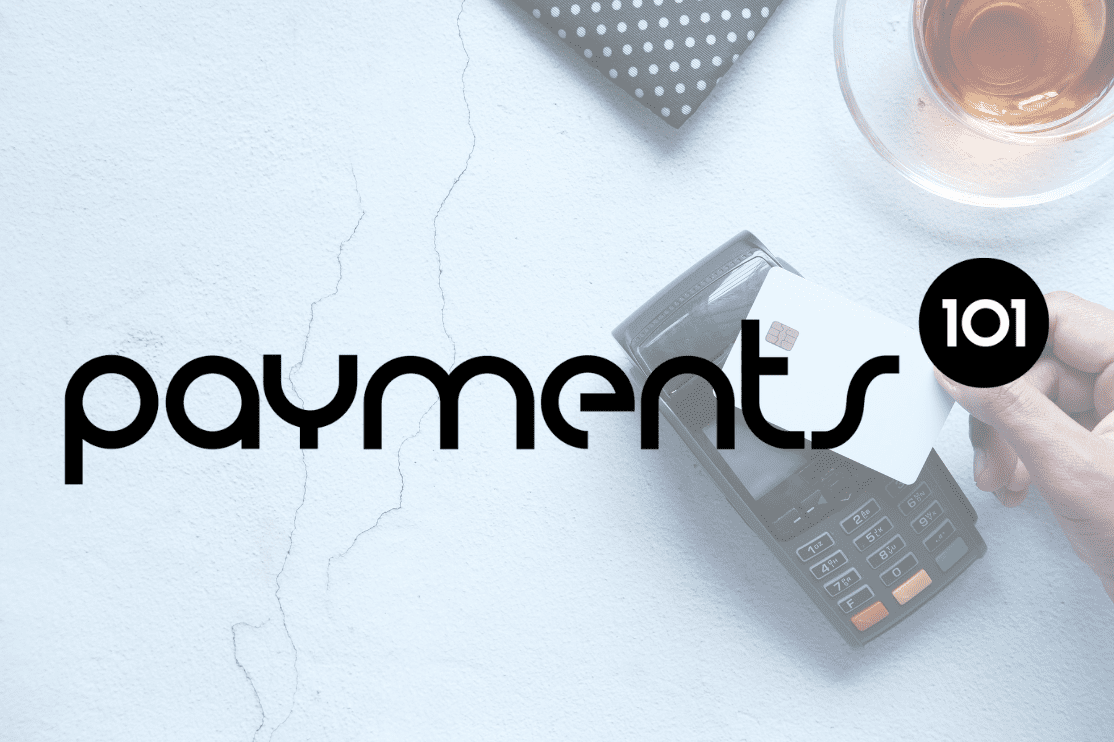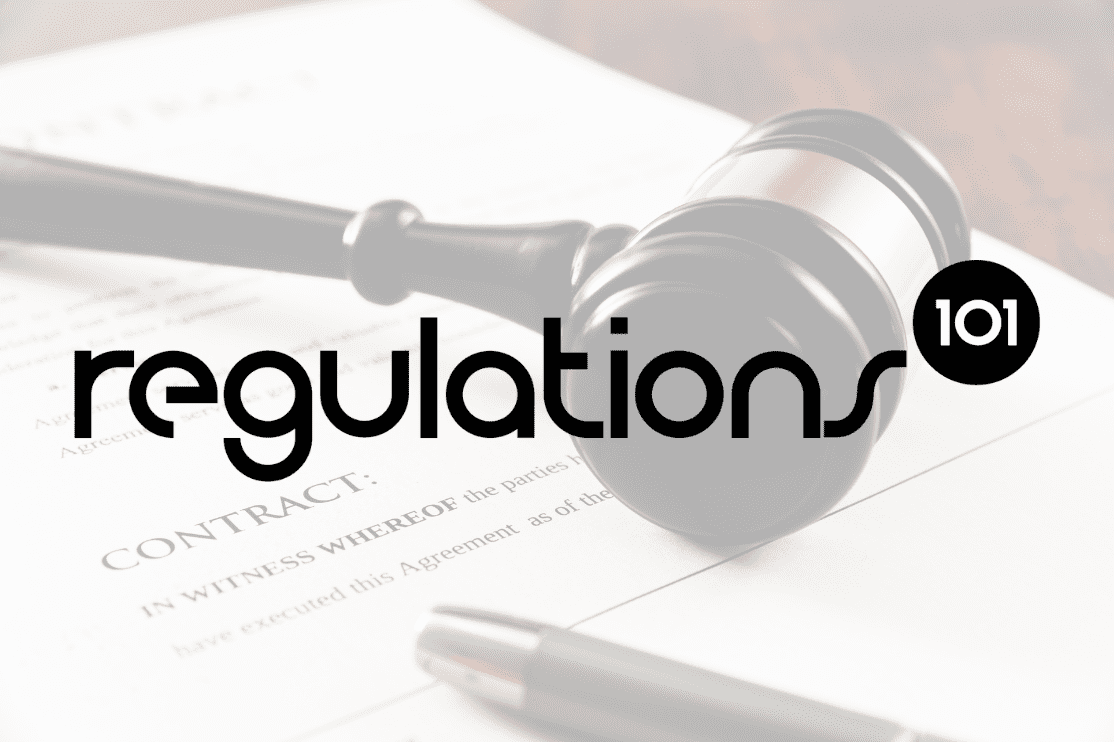The market for tokenised financial assets is expanding at a breakneck pace. The total value of tokenised assets is expected to reach $6 trillion this year and soar to nearly $19 trillion by 2033—a staggering compound annual growth rate of 53%.
Major financial players are no longer treating tokenisation as an experiment, but rather a strategic and evolutionary development in modern financial services.
How financial asset tokenisation works
Real-world asset (RWA) tokenisation is converting ownership rights into digital tokens on a blockchain. Tokenisation bridges the gap between traditional and decentralised finance (DeFi) by representing RWAs as blockchain-based tokens, unlocking new liquidity and efficiency gains for financial institutions. A RWA tokenisation platform maximises these advantages for partners and issuers as they transition through the three phases of tokenised asset adoption.
Phase 1: low-risk adoption
This is when banks and investment firms actively onboard familiar products as tokens to test readiness, realise immediate operational gains, and establish basic infrastructure like digital asset custody and issuance.
Phase 2: institutional expansion
Firms often begin to tokenise more complex assets with deeper requirements that can also unlock broader value and gains. Continued momentum depends on clearer regulations, more sophisticated platforms and a commitment to challenge traditional revenue streams.
Phase 3: market transformation
This phase is a system-level reinvention wherein traditionally illiquid assets can become tokenised, shared infrastructure becomes the norm, and industry-wide collaboration is standardised. Defined by profitability, this final phase marks the next generation of finance.
Benefits of tokenisation in financial services
Despite incremental innovation, the global financial system still runs on decades-old infrastructure that is slow, fragmented and increasingly at odds with the needs of modern markets, clients and capital flows. Tokenisation represents a fundamental shift, turning traditional financial instruments into programmable, agile software.
The process of digitisng RWAs into tradable tokens can enhance liquidity, transparency and accessibility by enabling 24/7 transferability, near-instant settlement and automated compliance via smart contracts. This reduces reliance on intermediaries, accelerates transactions and broadens market access.
Financial institutions benefit from lower costs, faster settlement and expanded investor reach, while customers gain enhanced security, fractional ownership opportunities and more efficient asset management.
Examples of asset tokenisation in financial services
Financial institutions are already leveraging tokenisation to enhance efficiency and unlock new value. Investment-grade bonds and real estate have shown meaningful early traction. They are commercially viable today, but some others require key enablers like new standards and solutions to emerge before adoption can reasonably scale.
Investment-grade bonds
The $140 trillion global bond market has long been constrained by high issuance costs, slow settlement times, and an overreliance on intermediaries. Tokenisation addresses each of these challenges, dramatically cutting operational costs, enabling real-time settlement, and using smart contracts to automate processes. This use case and its benefits have been demonstrated by several major banks that have already executed tokenised bond issuance on both permissioned and public blockchains.
Real estate
Tokenisation brings liquidity to the $300 trillion real estate market—a notoriously illiquid and opaque asset class—by streamlining transactions and enabling fractional ownership. While institutional-grade assets such as commercial properties, infrastructure projects and large-scale property funds are already being tokenised, the continued development of secondary markets will help reduce illiquidity discounts and encourage greater participation.
Collateral & liquidity management
The $16 trillion global repo and collateral market suffers from fragmented settlement processes and slow asset mobility. With tokenisation, banks can realise significant savings through on-chain collateral pledging, real-time transfers and smart contract-based margin management. However, for tokenisation to reach scale in this sector, the industry must establish interoperable token standards, common margin rules and regulatory clarity on re-hypothecation.
Trade finance & working capital
Global trade finance exceeds $10 trillion in volume, but remains burdened by back-office inefficiencies and manual processes. Tokenisation can streamline operations by enabling real-time invoice settlement, programmable payments and improved access to liquidity for businesses of all sizes. Standardised digital documentation, legally recognised smart contracts, and integration with logistics and banking infrastructure are needed to scale effectively.
Treasury & cash management
For businesses managing substantial cash balances in low-yield accounts, tokenisation offers the potential to improve liquidity management. By digitising assets, treasurers can more easily allocate funds into diversified instruments such as money market funds, automate intraday liquidity operations, and facilitate faster foreign exchange transactions using stable, digital representations of currency. Realising these efficiencies depends on the continued development of programmable settlement infrastructure and advanced internal treasury systems.
As tokenisation continues to mature and the underlying infrastructure evolves, institutions with a clear strategy and willingness to adapt will be better positioned to benefit. While adoption may vary by sector and geography, the broader trajectory suggests that digital asset models will play an increasingly important role in shaping future treasury and financial operations.

